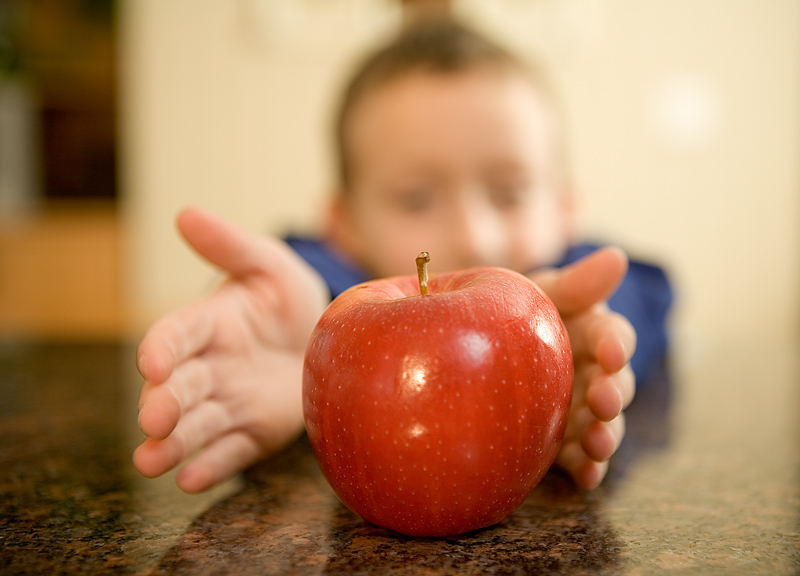WEDNESDAY, Jan. 11, 2017 (HealthDay News) — Nearly all children get respiratory syncytial virus (RSV) by age 2. But just because the infection is common doesn’t mean it should be taken lightly, one nursing specialist warns.
Symptoms of this lung and respiratory infection — coughing, sneezing and a runny nose — are often mistaken for a cold, according to Alison Pittman, clinical assistant professor at Texas A&M College of Nursing.
“Most healthy children will experience cold-like symptoms, but it can easily spread to babies with pre-existing conditions,” and put them at risk for serious health problems, she said in a college news release.
Those at greatest risk for a severe infection include premature babies, children born with heart or lung problems, and people of any age who have weakened immune systems.
Most babies with RSV develop a cough, runny nose and other cold-like symptoms for one to two weeks.
Parents should contact their pediatrician if their baby is wheezing or has trouble breathing; has a fever of 100.4 degrees Fahrenheit or more; coughs up yellow, green or gray mucus; has a thick nasal discharge; refuses to eat; becomes dehydrated; or has blue discoloration of the lips or nails.
Severe RSV can lead to dangerous infections like pneumonia and bronchiolitis, an inflammation of the smallest air branches in the lungs, Pittman said.
“The body’s response to these infections is to secrete more fluid in the lungs. This makes it more difficult for a child to breathe and can cause a child to start wheezing,” she said.
The only way to tell if a child has the virus is through a rapid RSV test done by a health care provider, Pittman added.
More information
The U.S. Centers for Disease Control and Prevention has more about RSV.
Copyright © 2026 HealthDay. All rights reserved.

